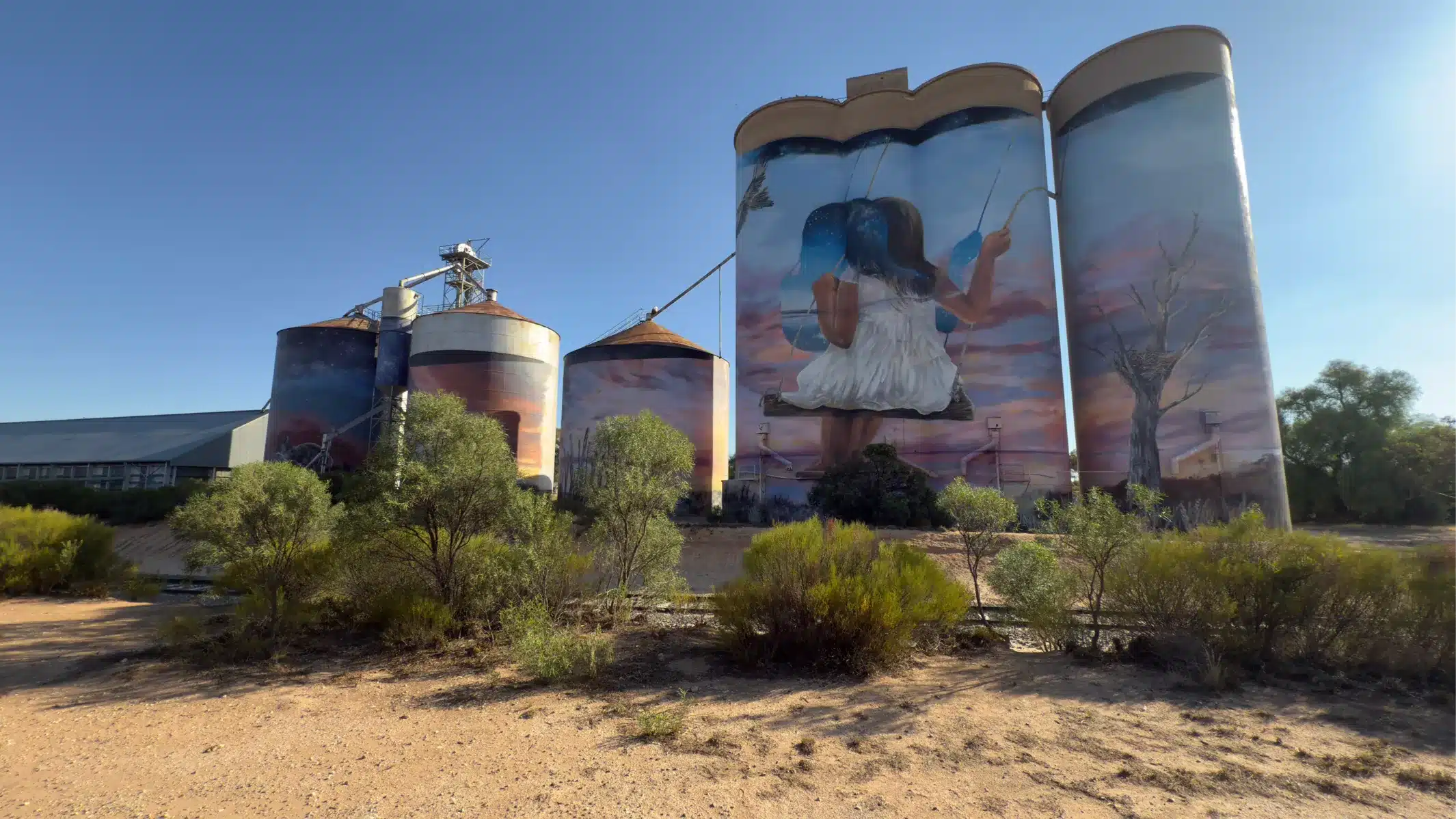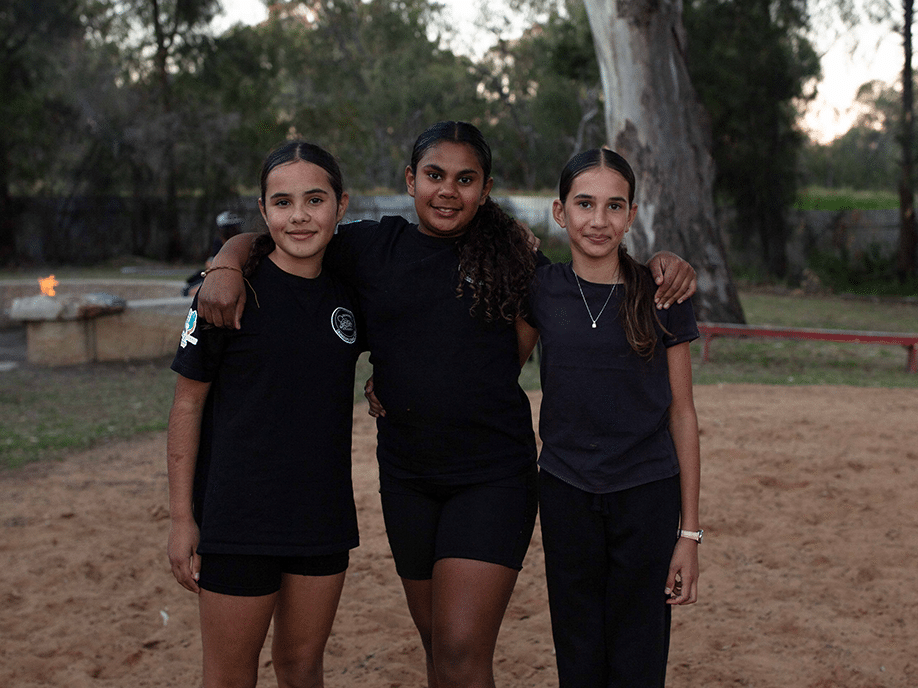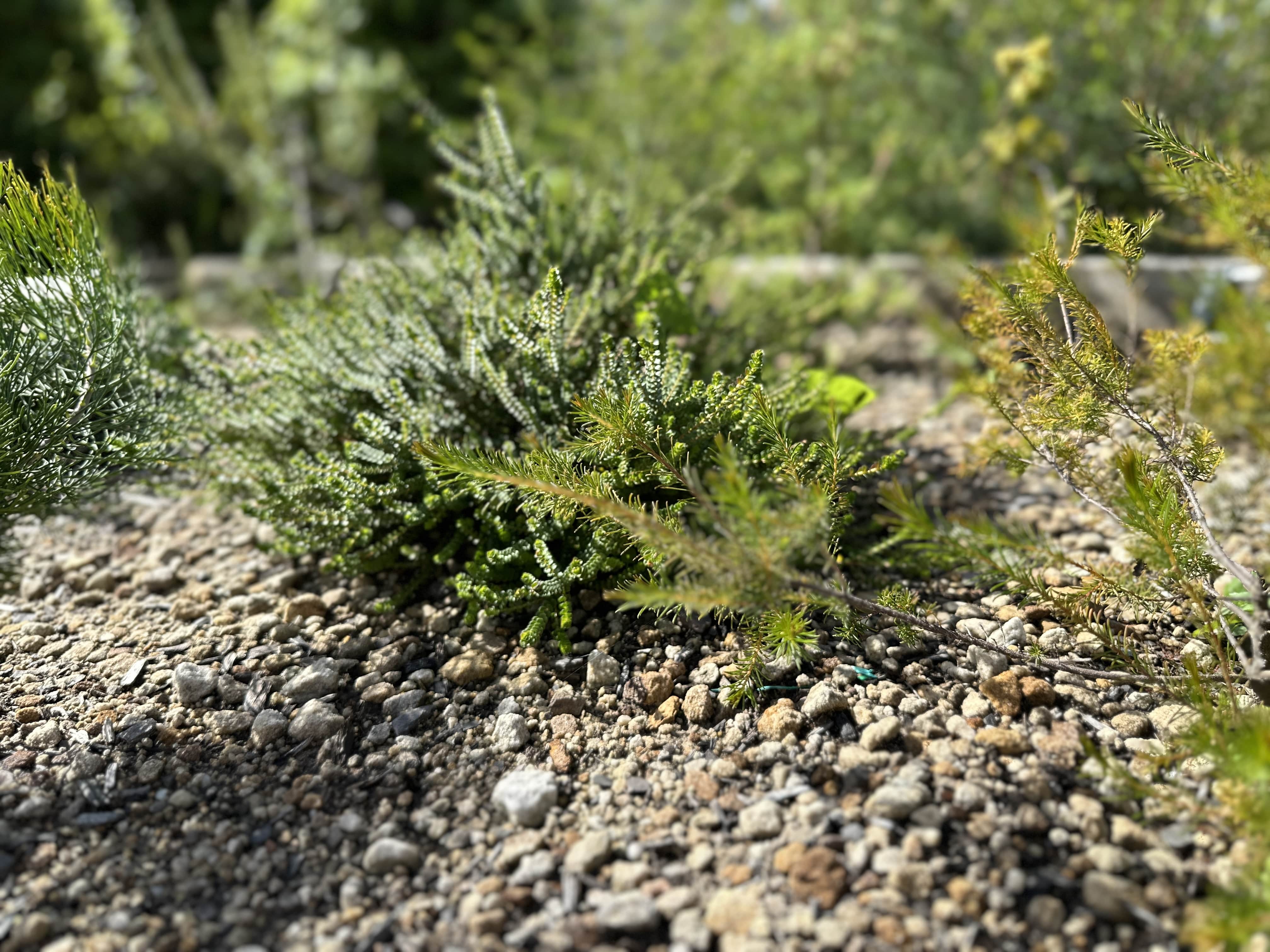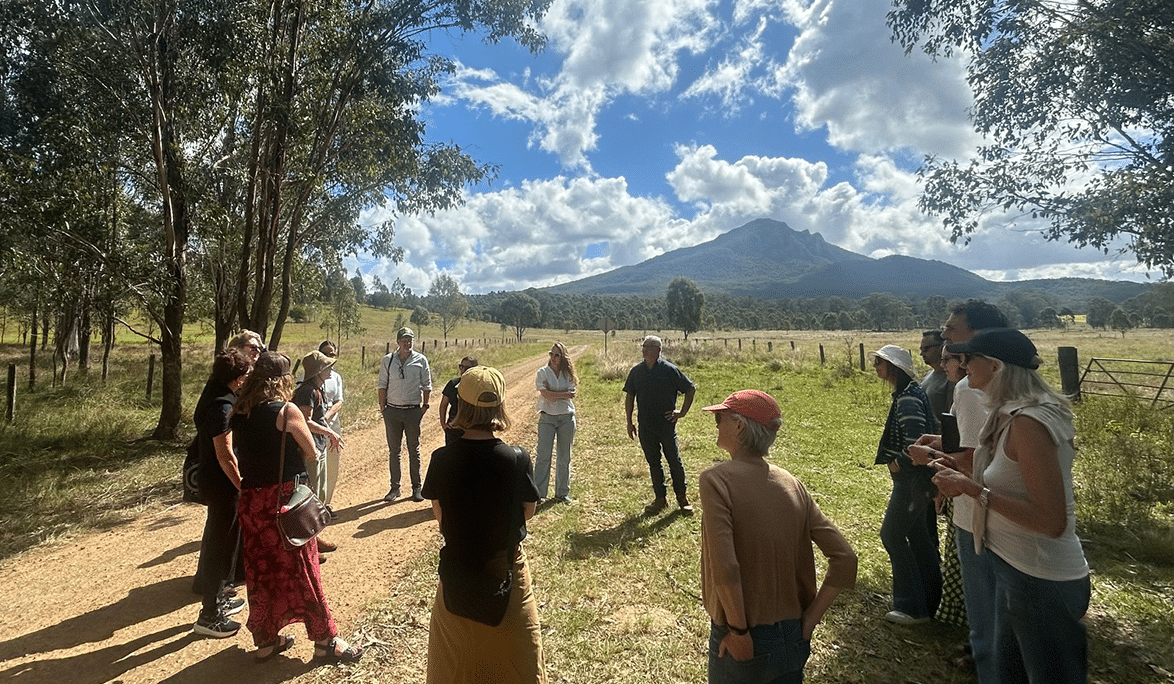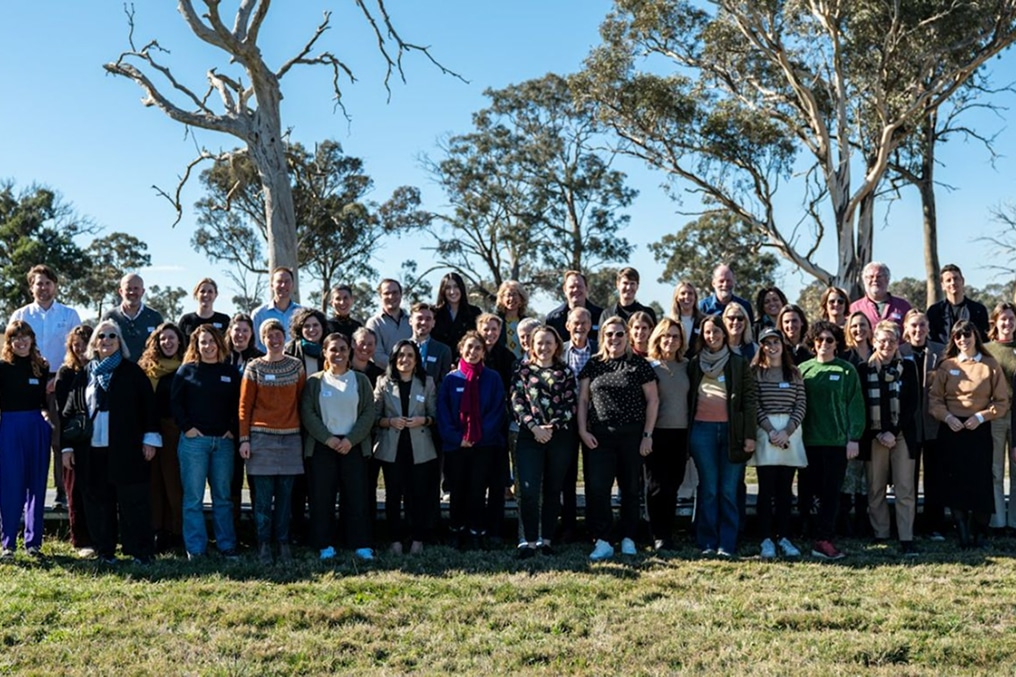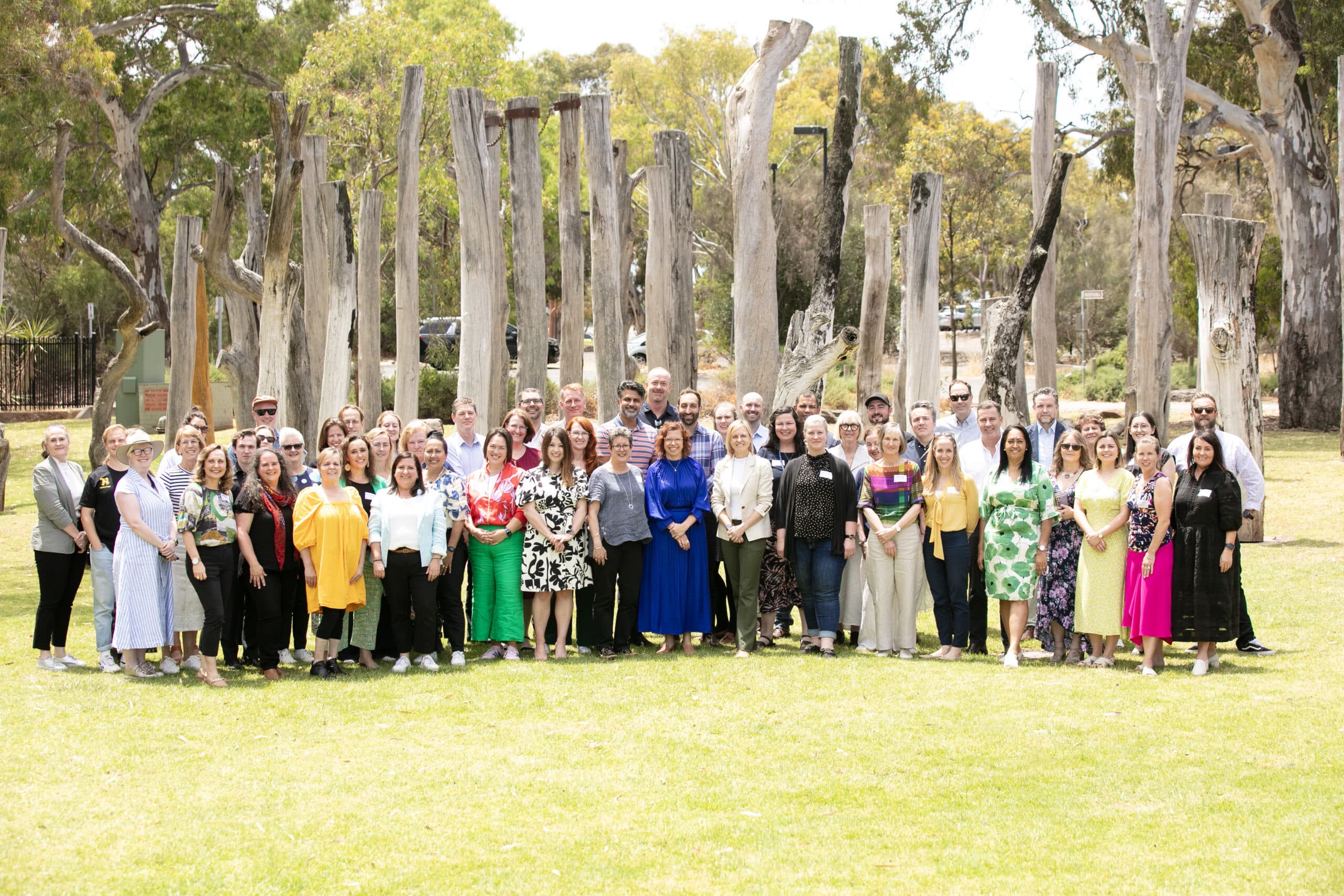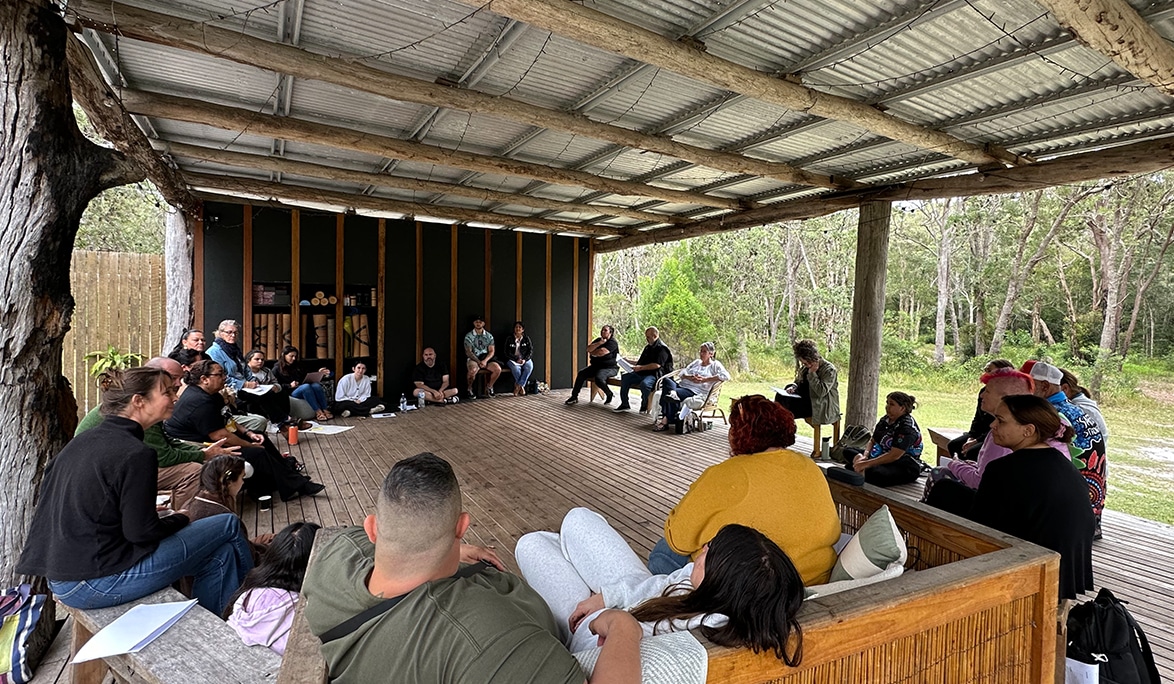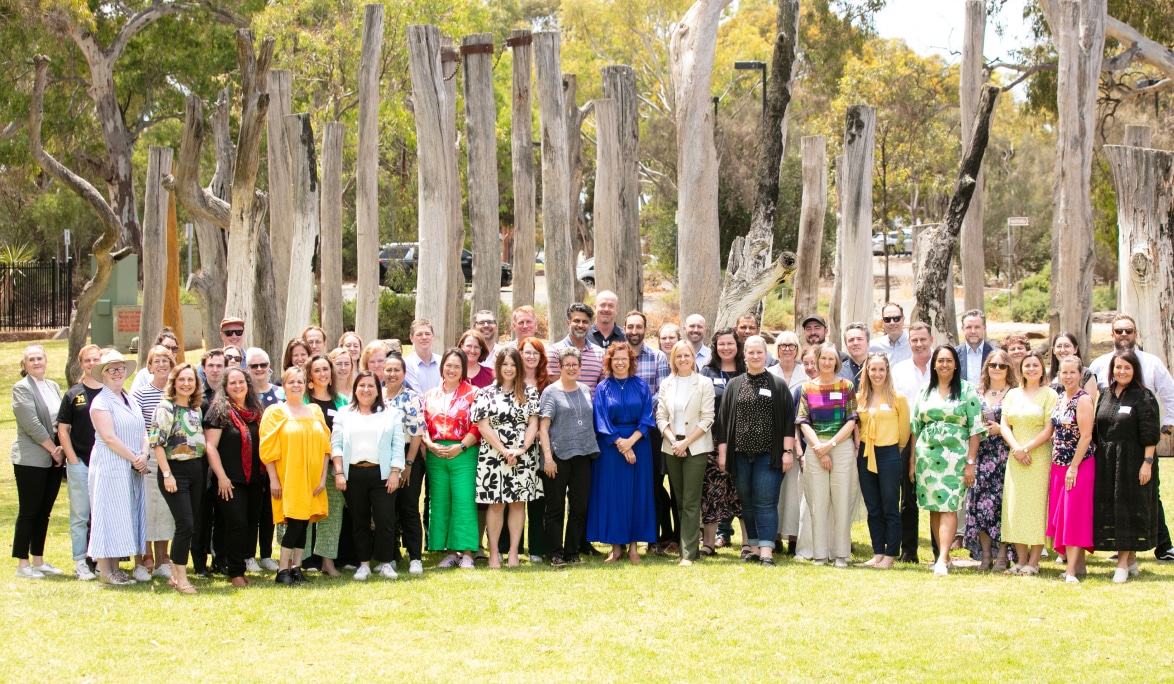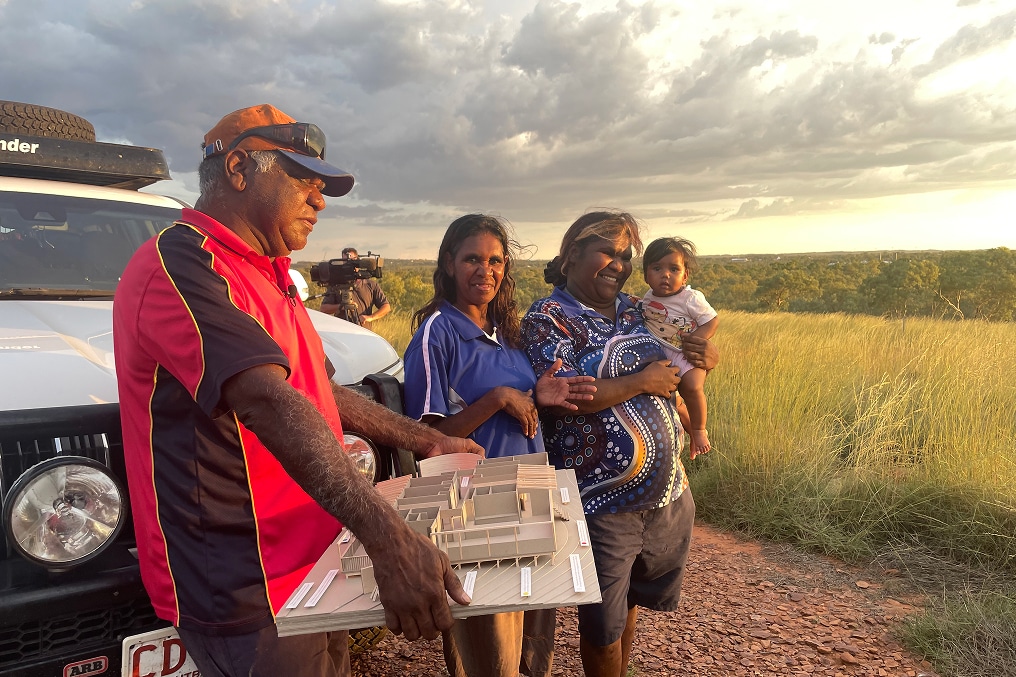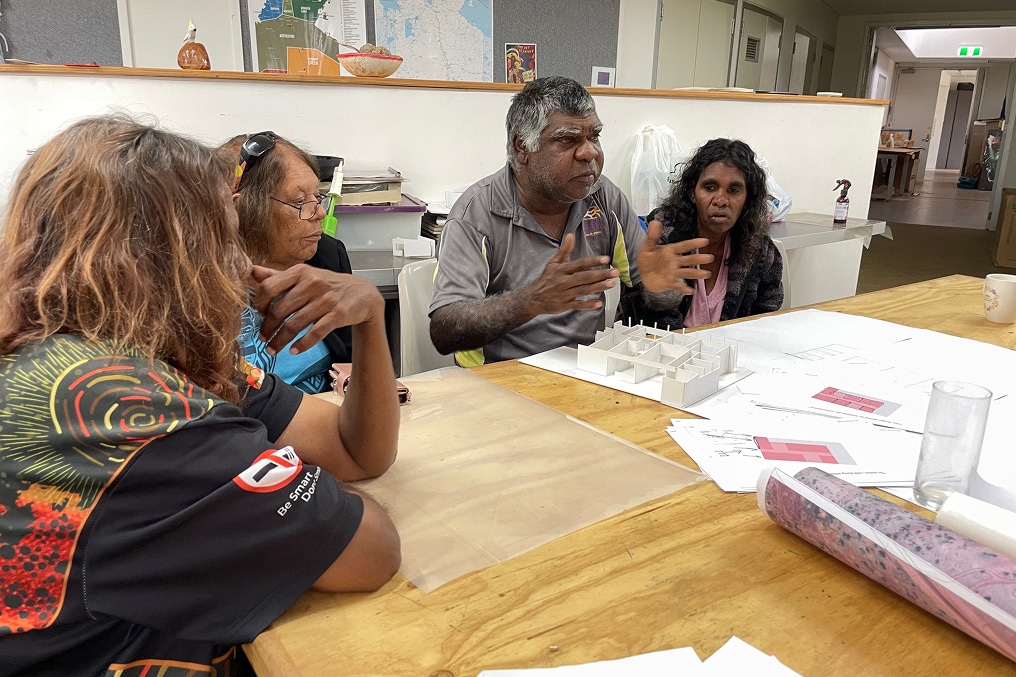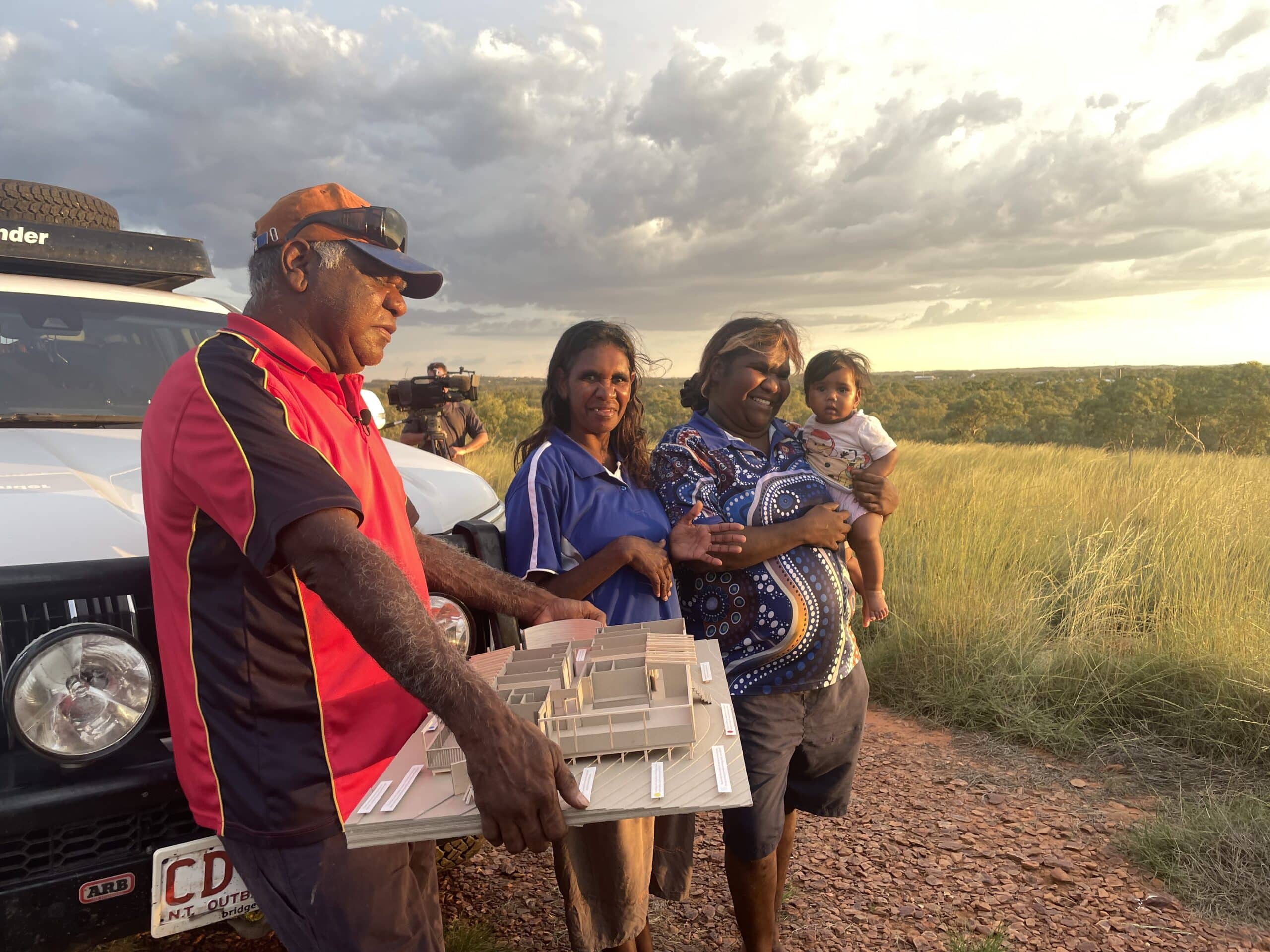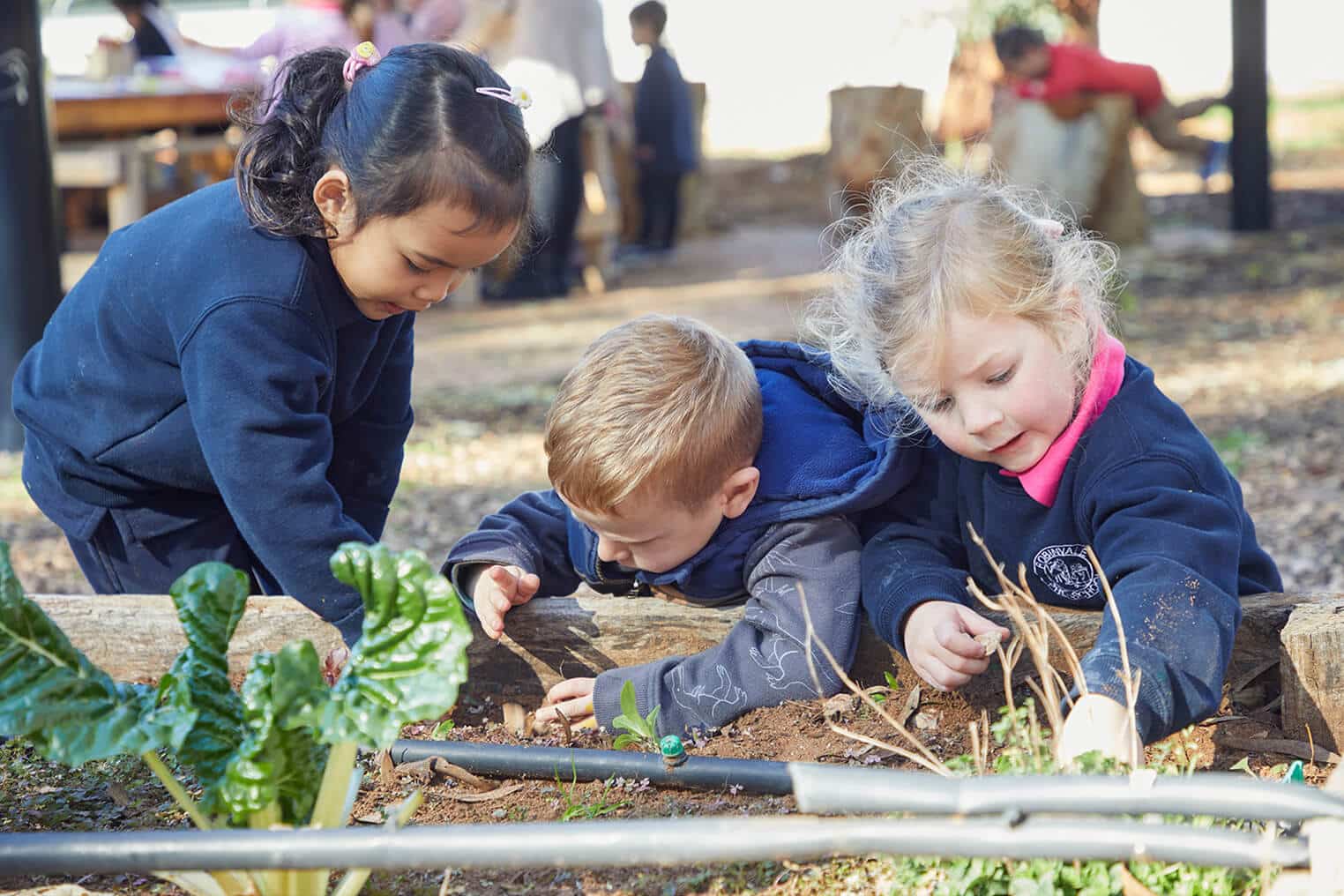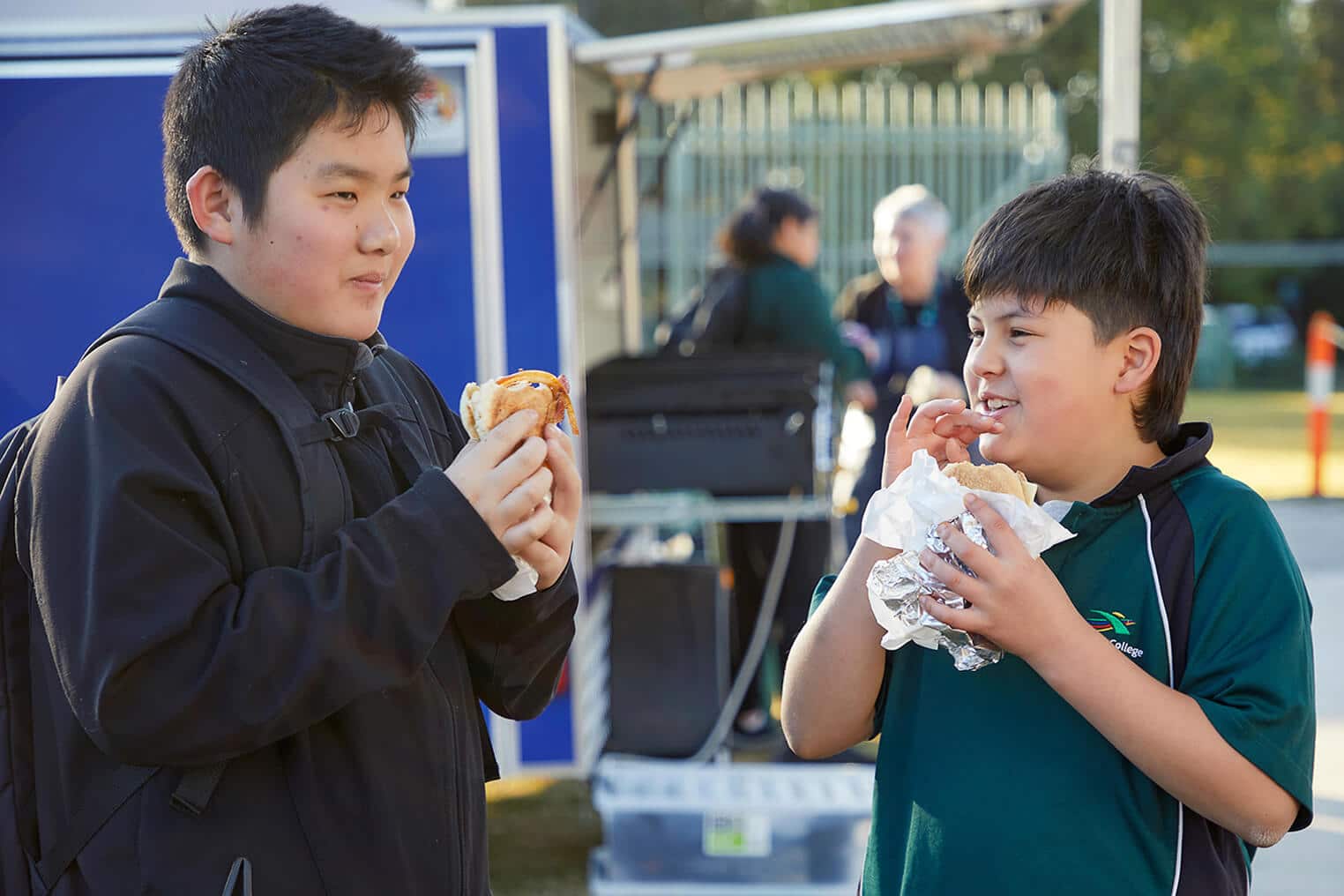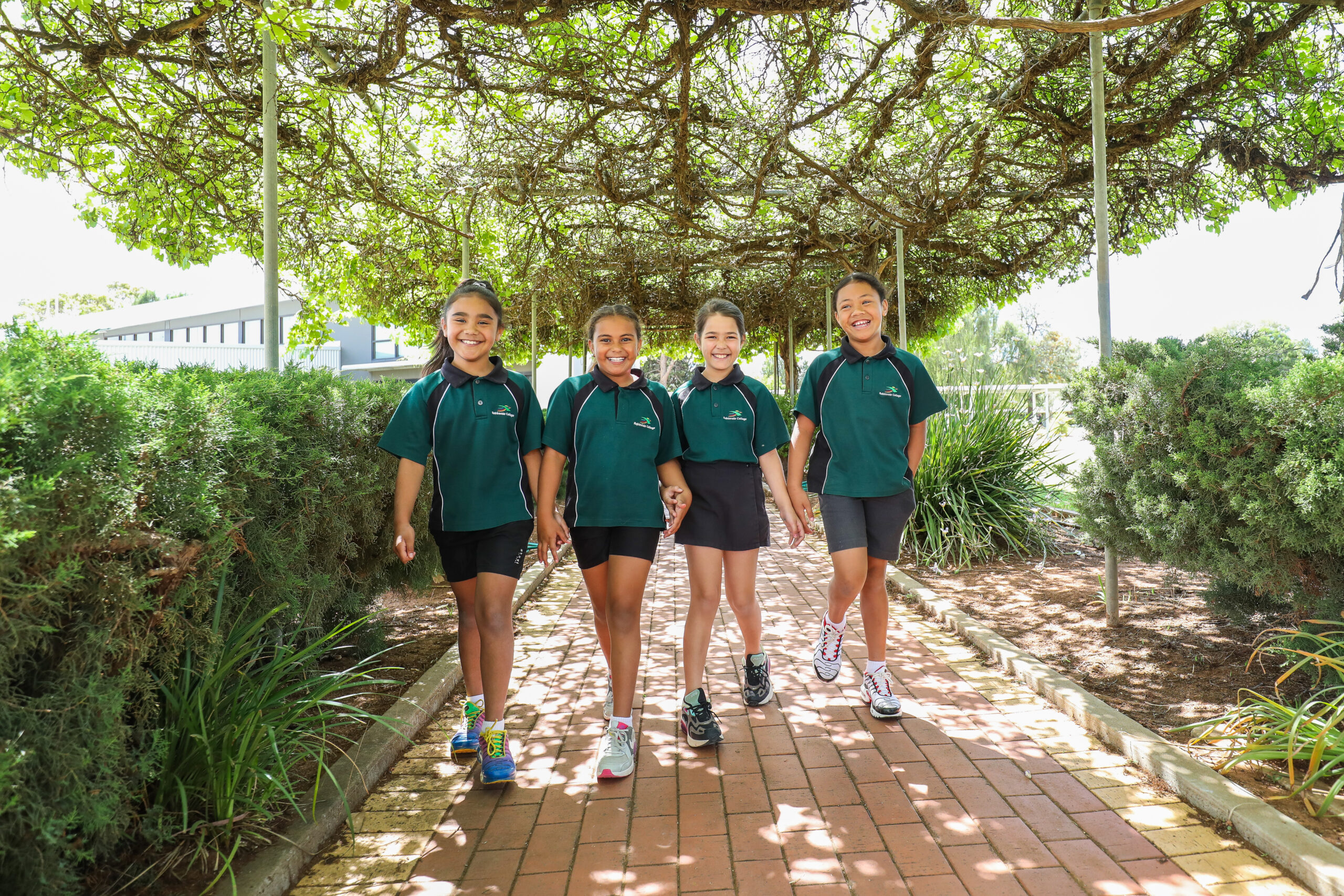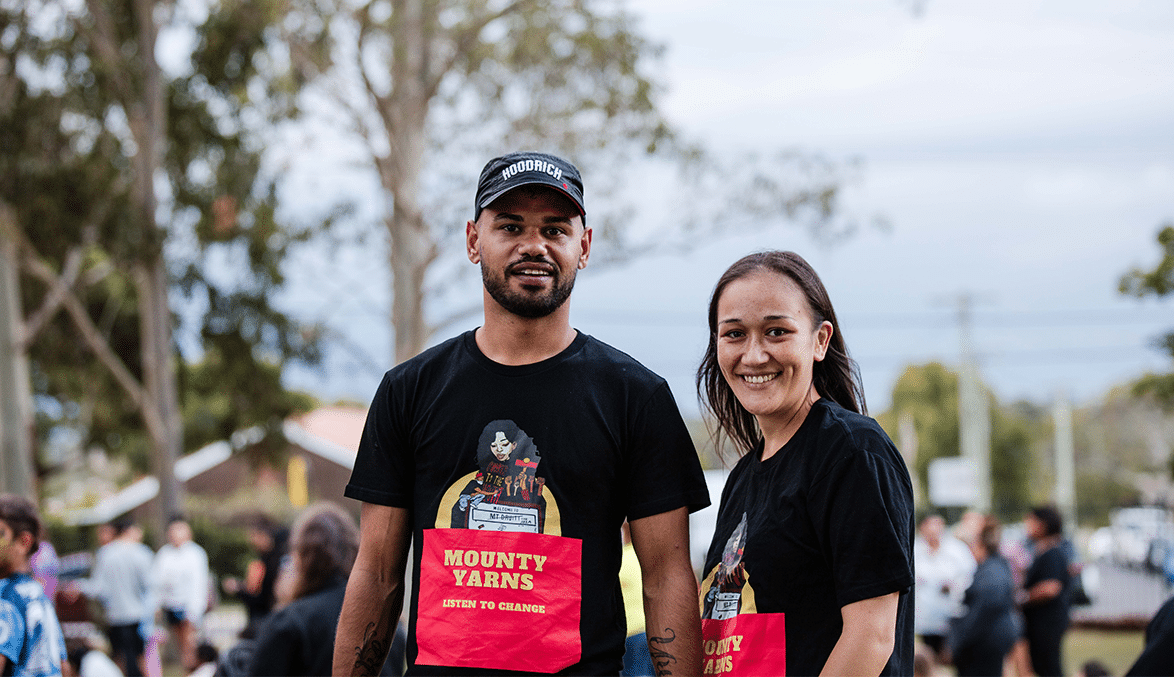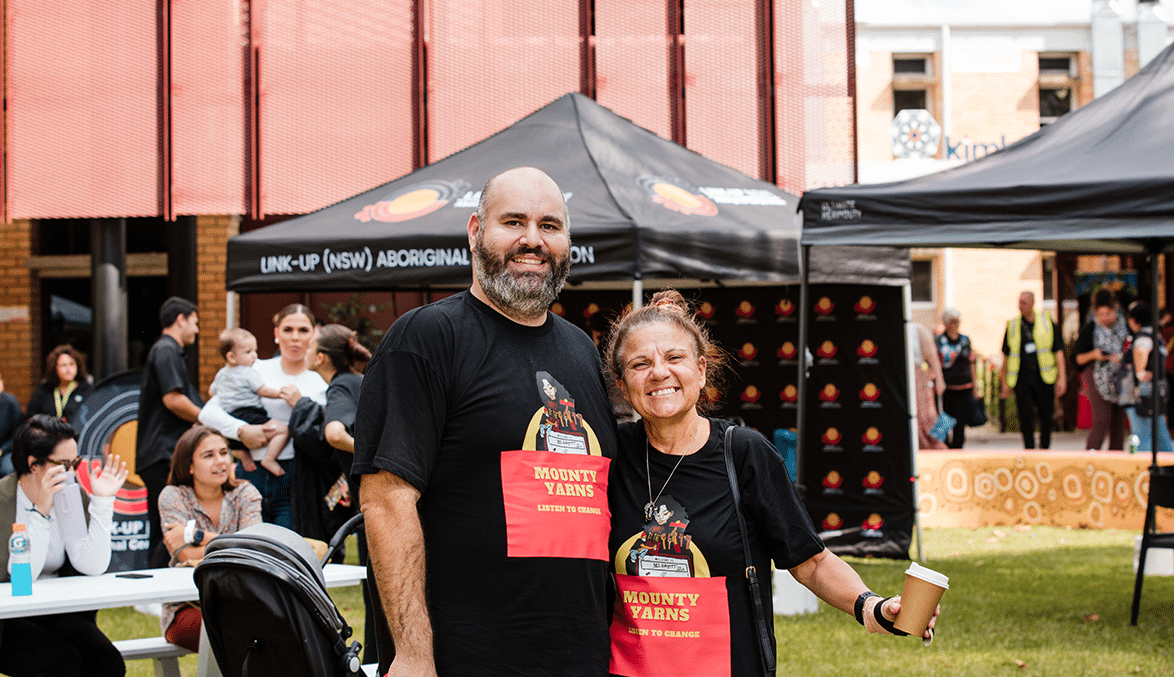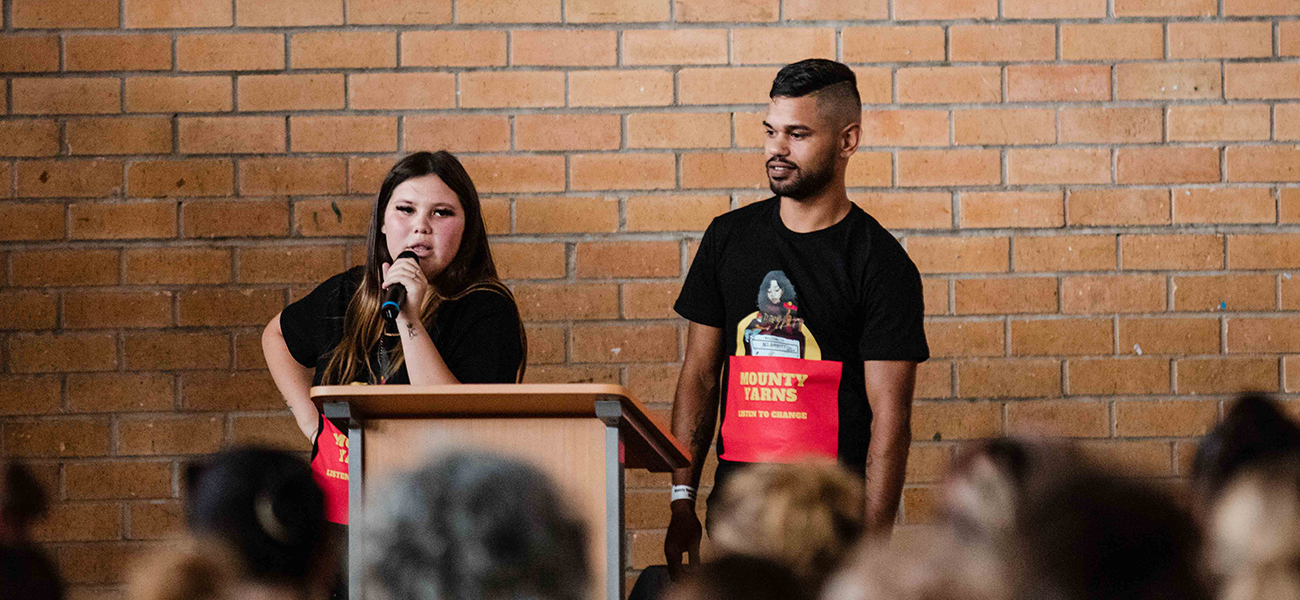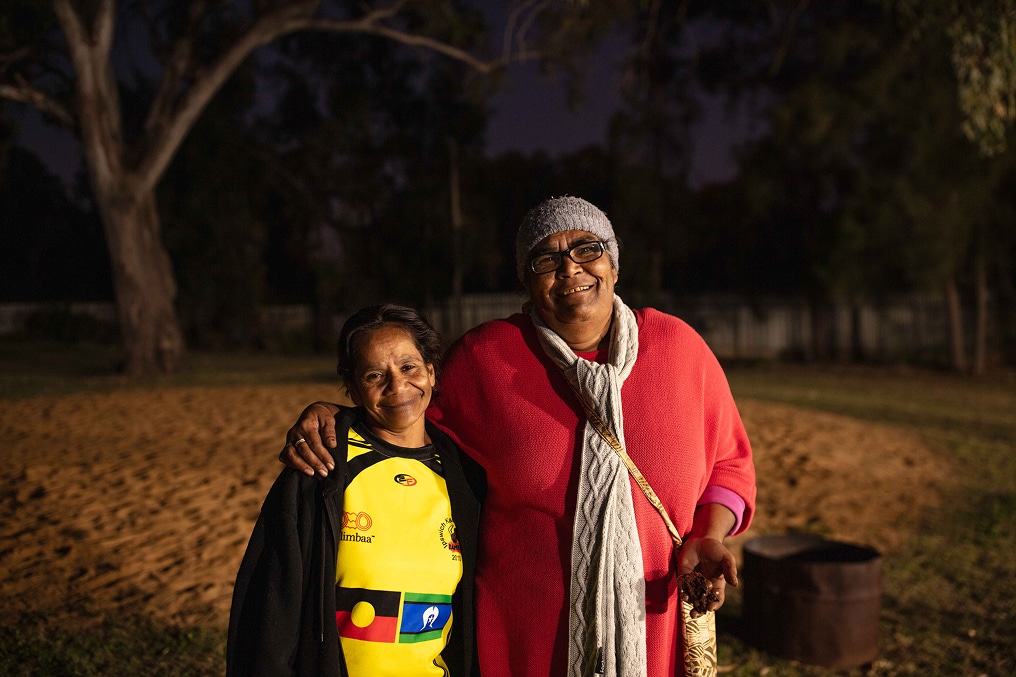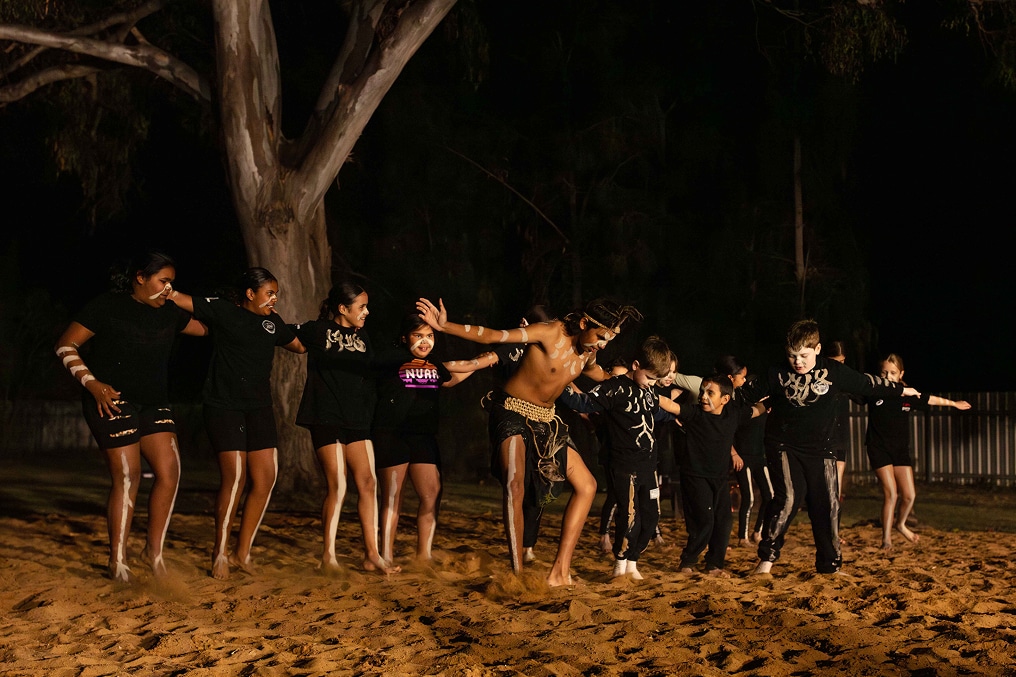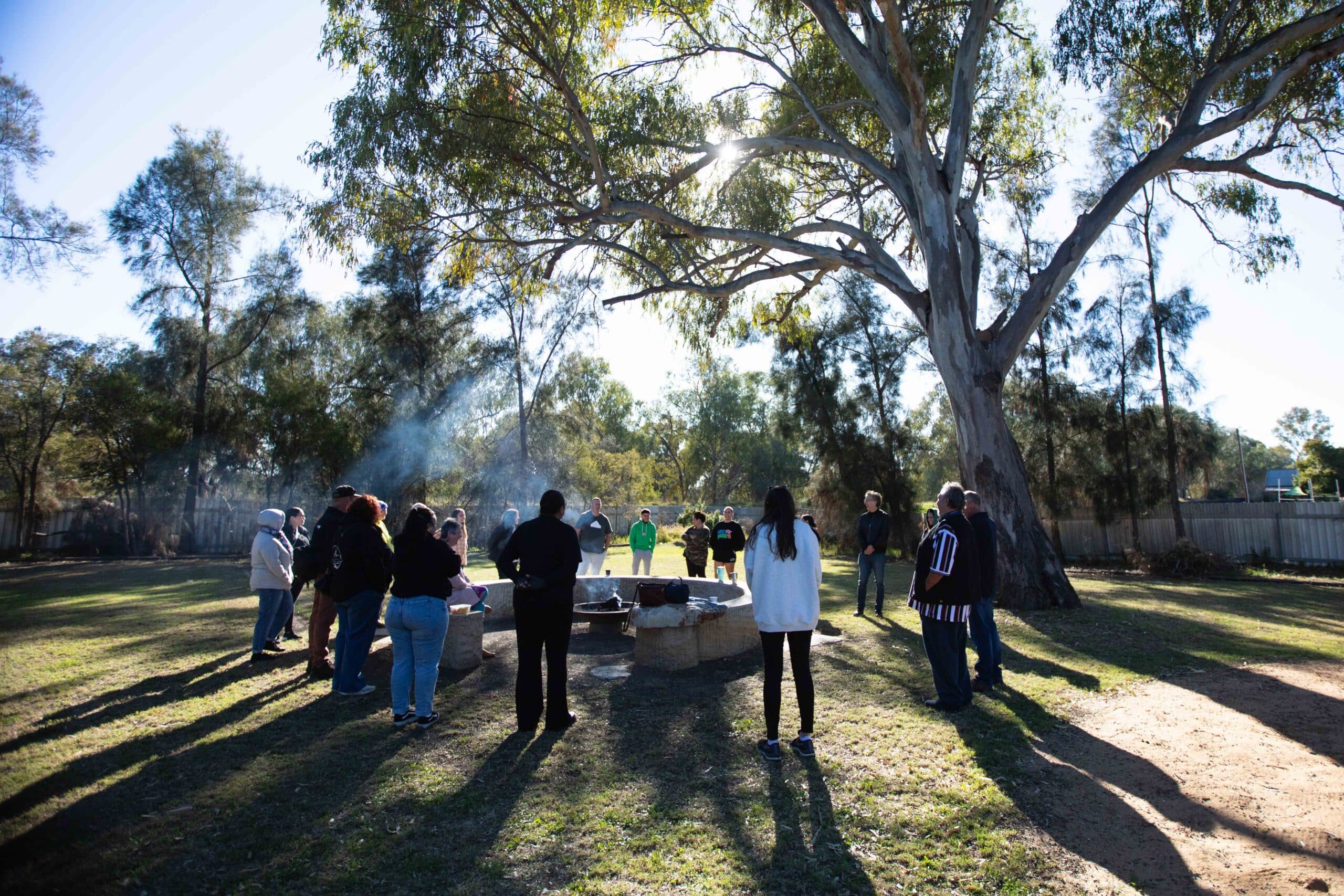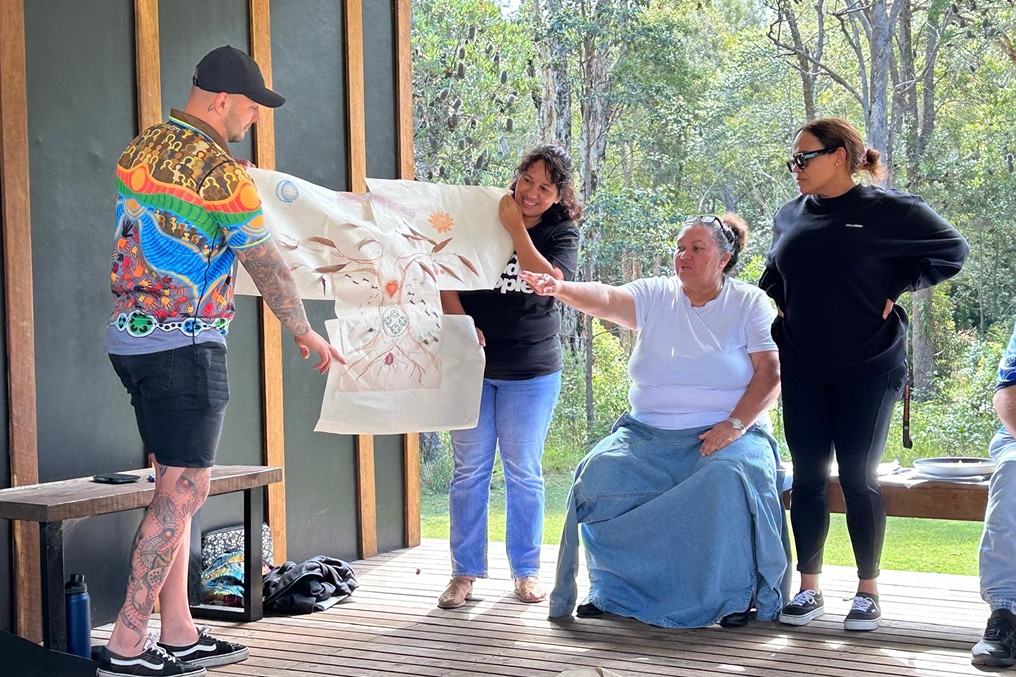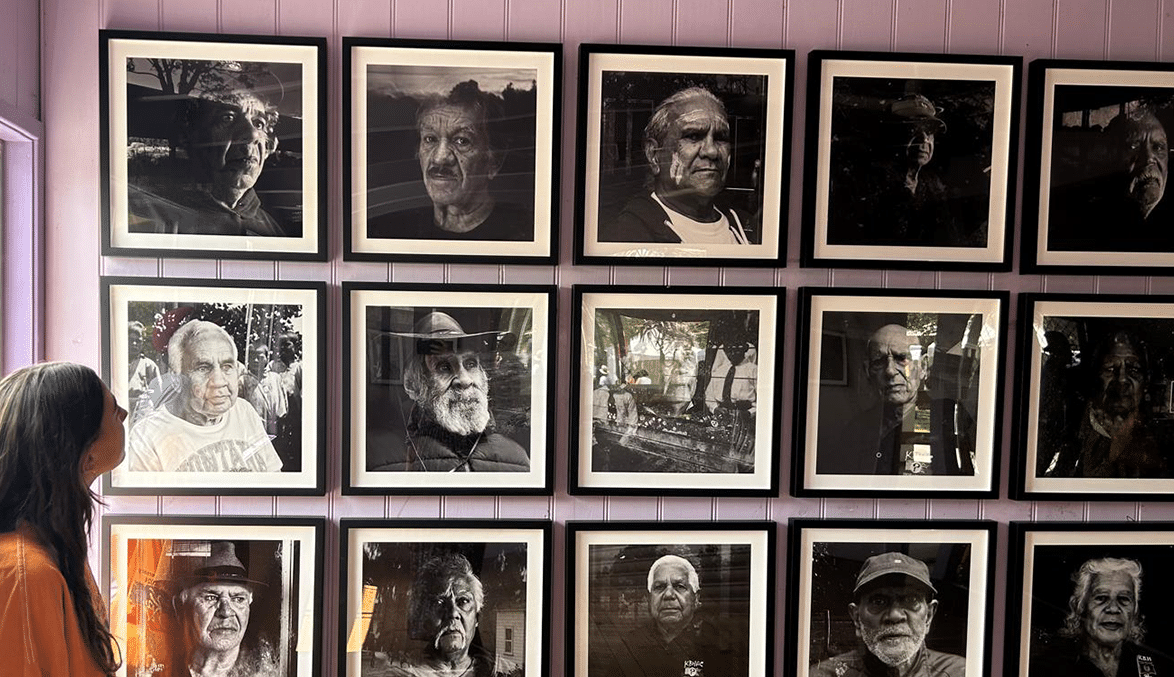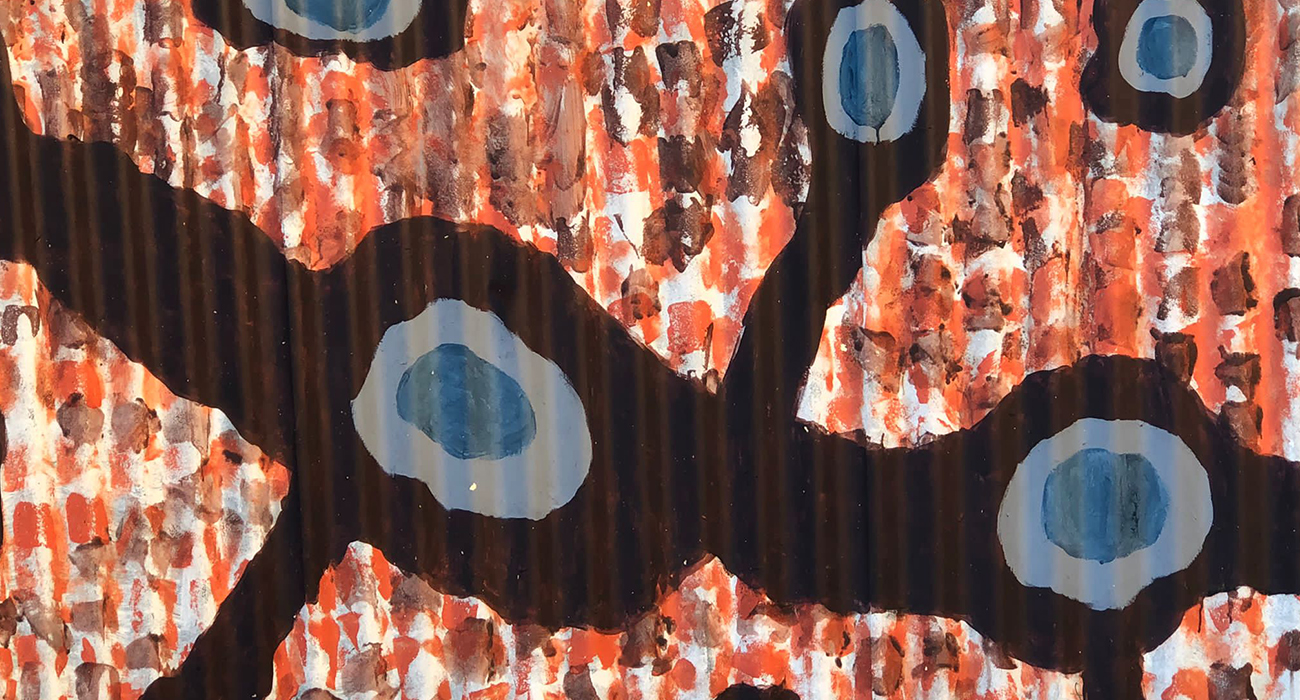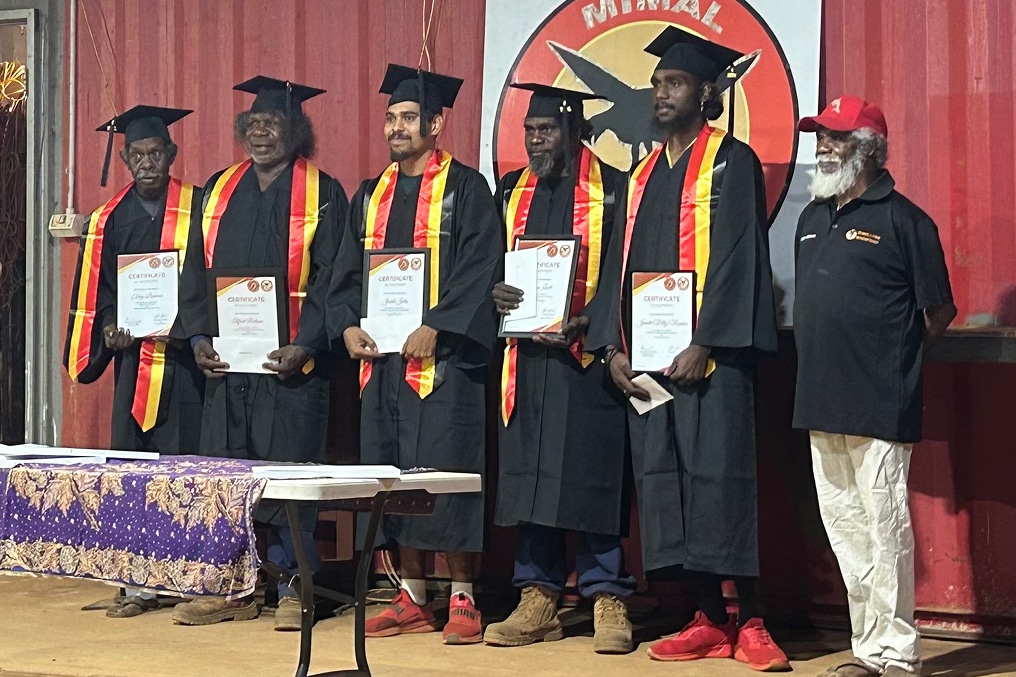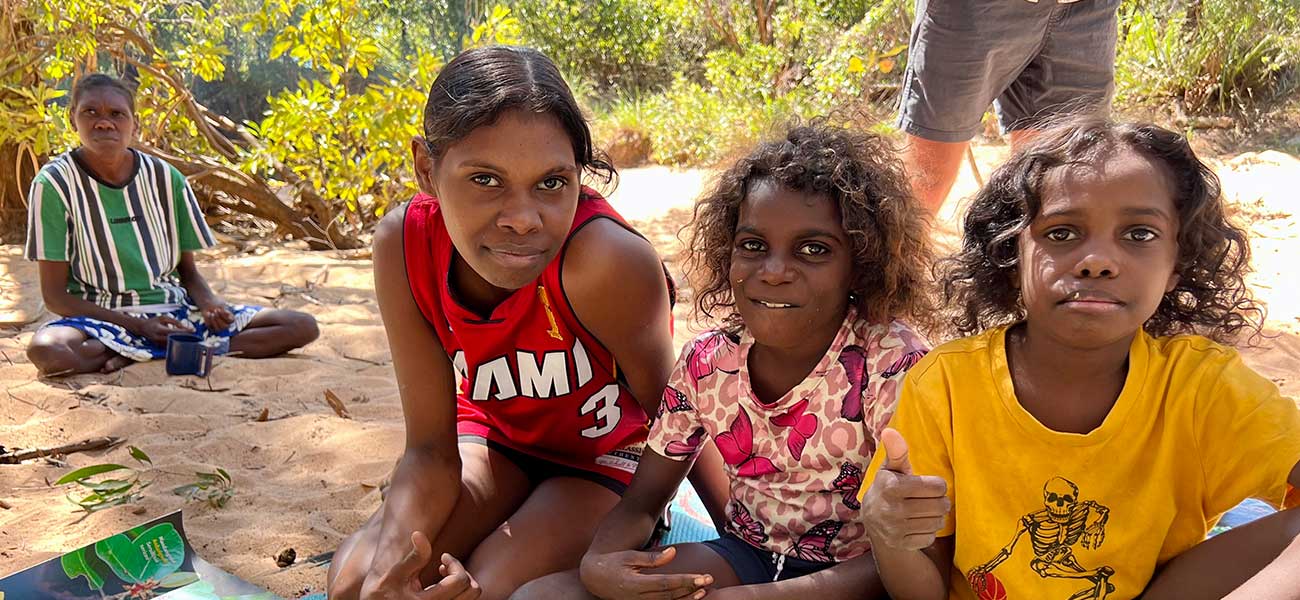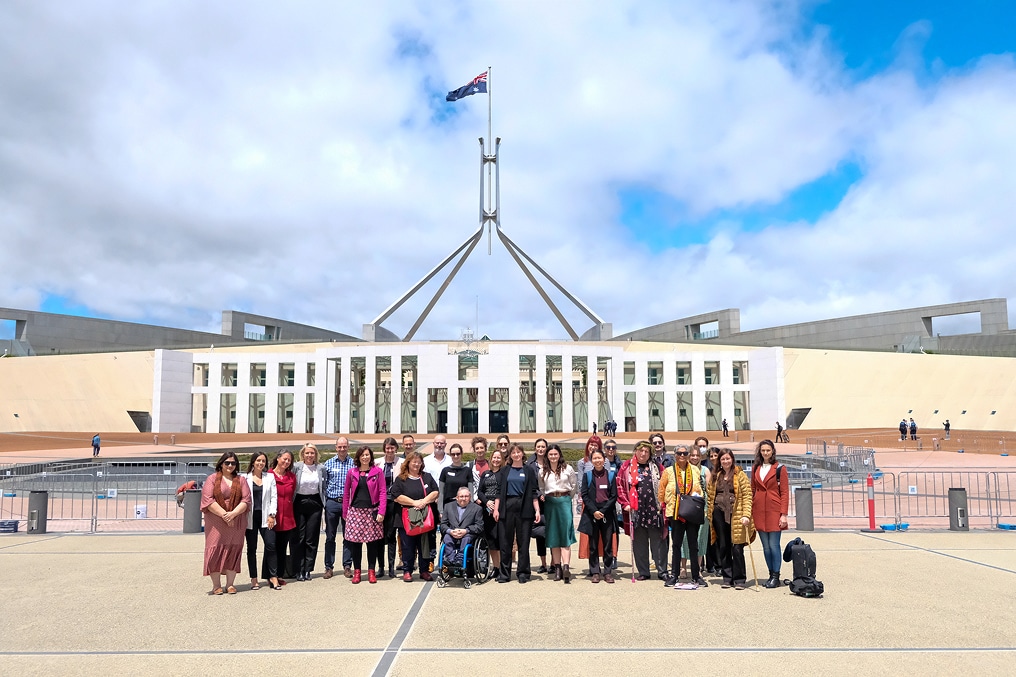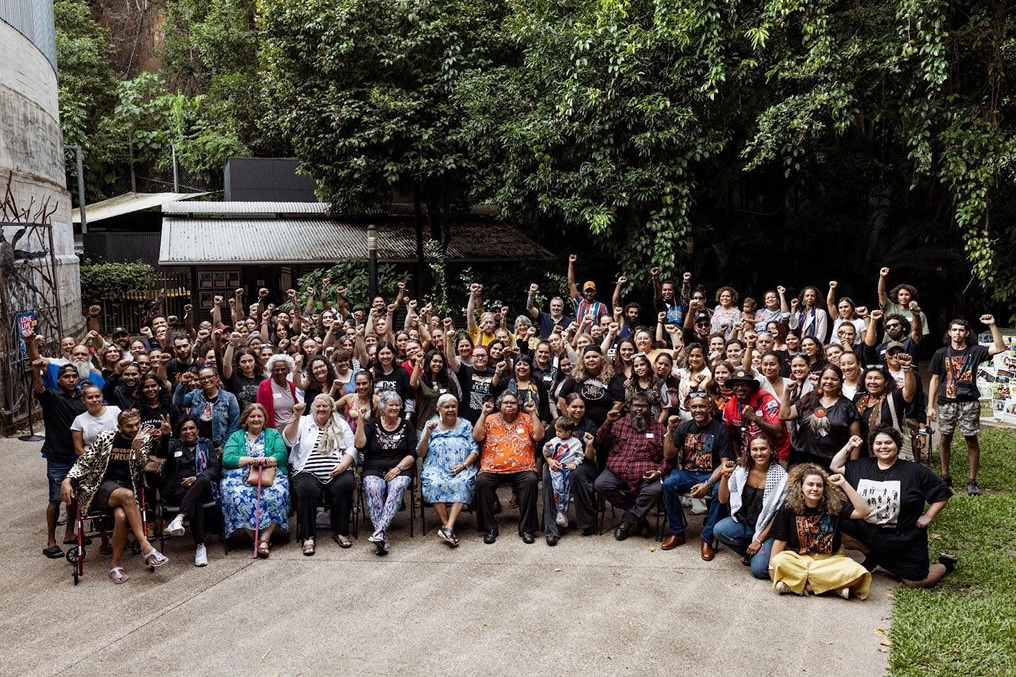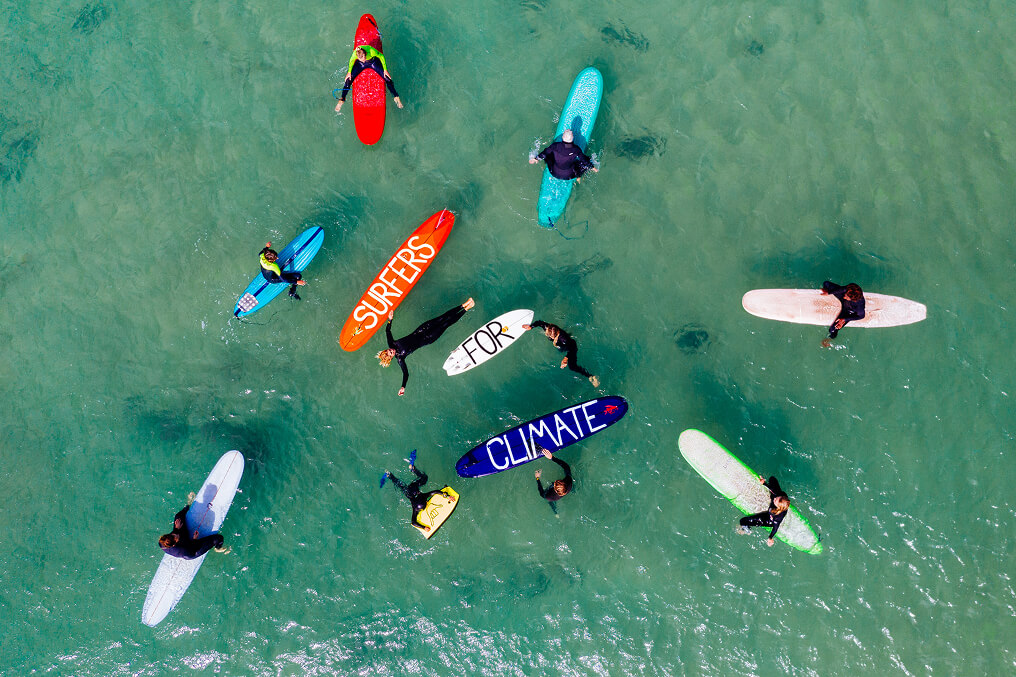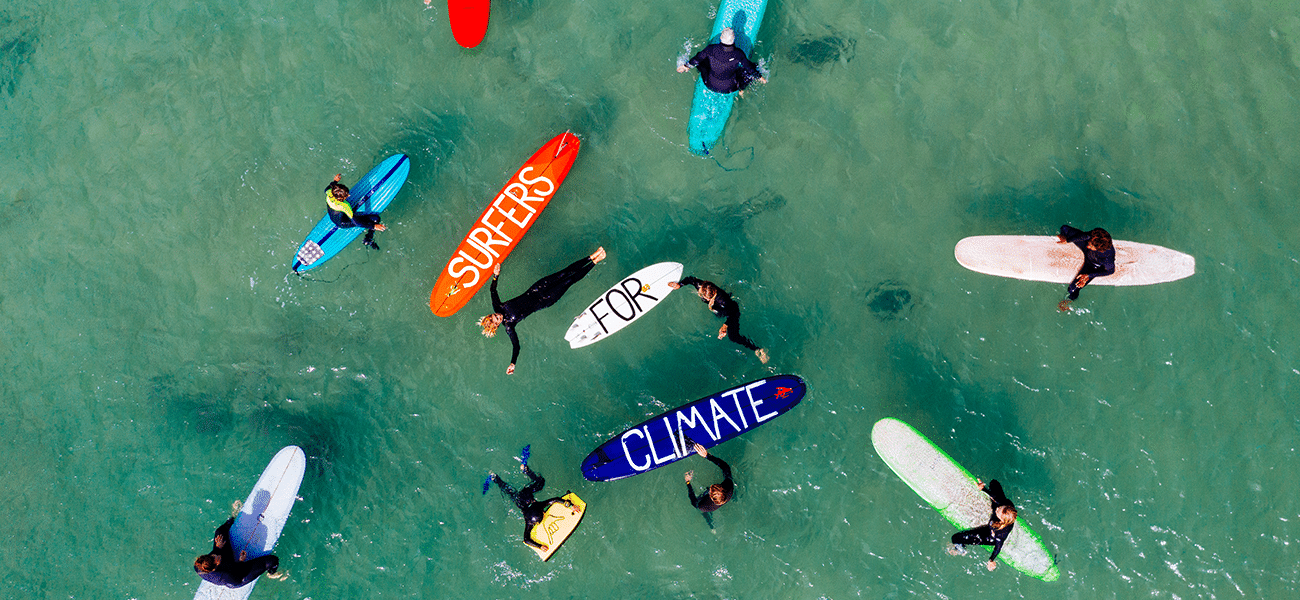Choosing Educational Paths
Learning Choices caters to “disengaged” students, those who have lost their connection to learning, and may not be motivated or able to finish high school. The Forum’s interest started in 2003 when Tjerk Dusseldorp and Kerrie Stevens visited a number of successful programs in Canberra. The importance of this innovative work was quickly recognised, but the isolation of the practitioners was also noted. Inspiration also came from Forum staff visiting programs in the US and Denmark. This ’hands-on learning’ encouraged the Forum to auspice two expos; these subsequently lead to the development of a national network of alternative practitioners, and a country-wide Learning Choices database on the Dusseldorp Forum website. In 2017 the database was moved to the management of Edmund Rice Education Youth + and can be found here. The Learning Choices’ work drew national attention to the issue of widespread student disengagement, and resulted in a renewed focus on “hard to teach” students and their learning needs. The impact has been far-reaching, with changes in educational practice in many schools and communities and on-going policy change around Australia.

National Expos: 2004 and 2006
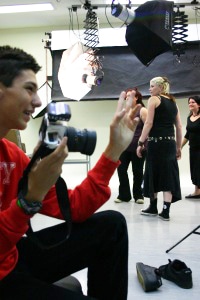
Dusseldorp Skills Forum hosted the first national Learning Choices Expo in 2004 in Sydney. More than 200 practitioners attended and 20 programs from across Australia were featured in an action-packed two days at Sydney Olympic Park. A decade later, this event is still talked about. Practitioners, students, educators and student teachers all took part. A key feature was that the students presented, rather than their teachers, about their experiences in learning choices programs for the expo’s adult audience. Student teachers from the University of Western Sydney – dubbed the ’Hoonz Goonz’ – were trained to support the students polish their presentations. For many of these UWS pre-service teachers, the expo was the first time they had worked with “disengaged” students. Later, many reported that the expo was a turning point in their journey to becoming a teacher. They saw these young people in a different light, it gave them a new focus on teaching and classroom management and they found out about programs that they never knew existed. In 2006, a second Learning Choices Expo with more than 500 participants was held in Maroochydore, Queensland. This included a focus on indigenous learning programs. Local schools, TAFEs and programs eagerly participated as did teams from New Zealand and the United States.
Learning Choices Expo 2006 had workshops on cooking, hip hop and photography.
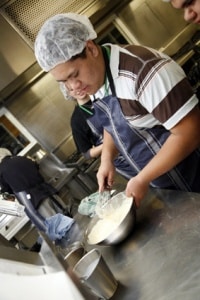
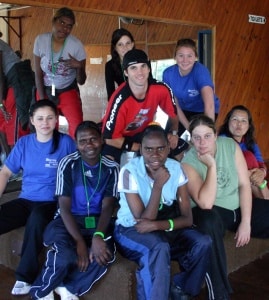

At the heart of Learning Choices is that you need to start with what excites and animates a young person, and make that an initial focus of teaching and engagement. And from that, it is possible to build a broader educational journey for young people. I think Learning Choices has opened up the horizons of educators to what might be possible in Australian schooling.
Dr John Spierings

The Learning Choices Network
Following the success of the two Expos, the Forum set up a web application called Next Generation to match pre-service teachers from both the University of Western Sydney and the University of the Sunshine Coast with learning choices programs. An online self-assessment tool was created to allow programs to assess themselves against a range of accepted benchmarks identified by the sector, to assist them in improving their performance. It is designed for young people, families and practitioners to search for alternative learning programs in their area. It hosts the details of more than 900 programs nationwide, providing a rich resource in the public domain. Case studies were gathered for the website and in-depth investigations into successful alternative learning programs were undertaken by academics such as Associate Professor Kitty Te Riele who spent two years researching and writing case studies that examined what makes programs successful, how they function, and what they can learn learn from one another. The studies, Putting the Jigsaw together: Flexible learning in Australia were launched in September 2014.

The Legacy
Demand for Learning Choices programs continues to grow across Australia. While it is difficult to ascertain the extent to which they have contribute to the decline in the “drop out” rate, it is clear they have been a significant factor. The work of the Forum had ripple effects upon policy and legislation. “That is why you see the LLEN (Local Learning and Employment Networks) in Victoria, the Victorian Certificate of Applied Learning, the development of Polytechnic in Tasmania,” according to the Forum’s senior researcher at the time, Dr John Spierings. “There was ICAN (Innovative Community Action Networks) in SA, and legislative change around early school leaving in Queensland which put an increased onus on schools to keep young people in schools and provide them with more choice.” In Victoria, the work of Dusseldorp Skills Forum was reflected in a landmark educational report , Re-engaging Our Kids, prepared for the Victorian Department of Education by KPMG in 2009 and which re-defined the flexible learning landscape in Victoria. The result was a major whole of Government effort, involving youth justice, police, housing school and community agencies, to tackle early school leaving. “At the heart of Learning Choices is that you need to start with what excites and animates a young person, and make that an initial focus of teaching and engagement,” Dr Spierings said. “And from that, it is possible to build a broader educational journey for young people. I think Learning Choices has opened up the horizons of educators to what might be possible in Australian schooling. There is still a long way to go for that to be fully realised.”


